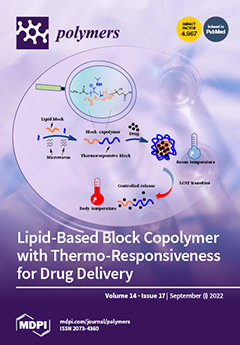The separation of light and heavy sludge, as well as the aggregation rate of floccular sludge, are two critical aspects of the rapid granulation process in sequencing batch reactors (SBRs) in the early stages. In this study, we investigated the impact of a
[...] Read more.
The separation of light and heavy sludge, as well as the aggregation rate of floccular sludge, are two critical aspects of the rapid granulation process in sequencing batch reactors (SBRs) in the early stages. In this study, we investigated the impact of a method to improve both sludge separation and granulation by coupling effluent sludge external conditioning with FeCl
3 addition and then reintroducing it into the SBR. By supplementation with 0.1 g Fe
3+ (g dried sludge (DS))
−1, the concentration of extracellular polymeric substances (EPS) and sludge retention efficiency greatly increased, whereas the moisture content and specific oxygen uptake rate (SOUR) sharply decreased within 24 h external conditioning. Aggregates (1.75 ± 0.05 g·L
−1) were reintroduced into the bioreactor once daily from day 13 to day 15. Afterwards, on day 17, aerobic granules with a concentration of mixed liquor suspended solids (MLSS) of 5.636 g/L, a sludge volume index (SVI
30) of 45.5 mL/g and an average size of 2.5 mm in diameter were obtained. These results suggest that the external conditioning step with both air-drying and the addition of Fe
3+ enhanced the production of EPS in the effluent sludge and improved rapid aggregation and high sludge retention efficiency. Consequently, the reintroduced aggregates with good traits shortened the time required to obtain mature aerobic granular sludge (AGS) and properly separate light and heavy sludge. Indeed, this method jump-started the aggregation, and rapid granulation processes were successful in this work. Additionally, while the removal efficiency of chemical oxygen demand (COD) and nitrogen from ammonium (NH
4+-N) decreased when reintroducing the treated sludge into the SBR, such properties increased again as the AGS matured in the SBR, up to removal efficiencies of 96% and 95%, respectively.
Full article






